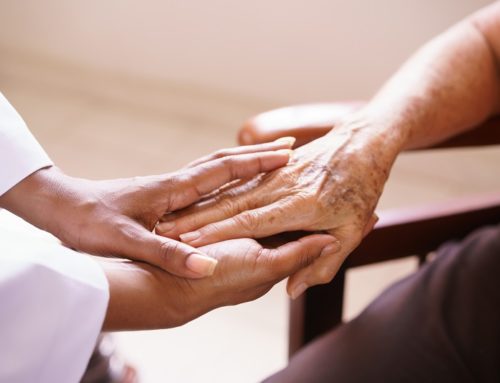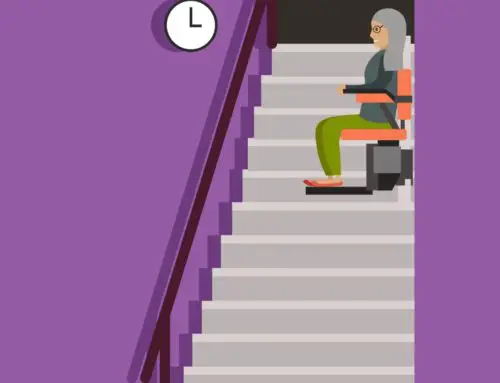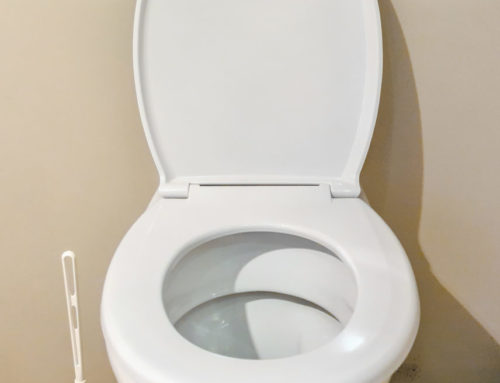Technology has already begun to change how people view aging.
While older adults were once forced to leave their homes once they reached a certain age, many more people are able to age in place by embracing new gadgets that promote independence. Over the years, technology has made it less likely for a senior to accidentally start a house fire or take the wrong medications. Now, they can use similar types of devices to also address the risk of falling in their homes.
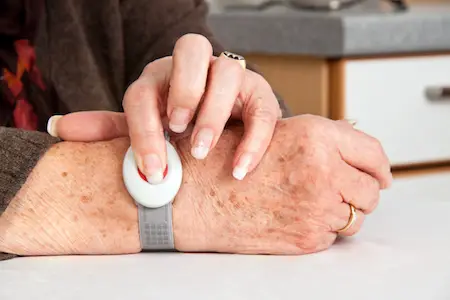
Senior fall prevention must be a part of every older adult’s care plan. Not only are seniors simply at greater risk for falling in their home, but they are also more likely to experience long-term consequences that affect their quality of life. Severe falls in the elderly can leave them with broken bones or even lead to their death.
When you need a solution to preserve your loved one’s safety, all you need to do is start looking at the options that are available for home monitoring systems and devices that prevent falls in seniors.
Common Causes of Falls Experienced by Seniors
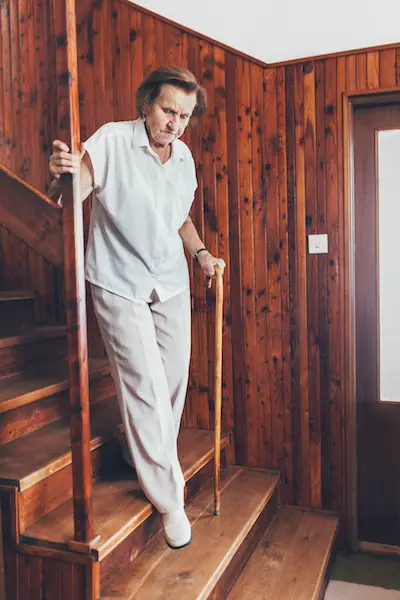
The risk of falling elderly people experience in their homes depends upon multiple factors. For instance, seniors with health conditions that affect their balance or mobility are naturally more likely to fall. Older adults with Parkinson’s disease may fall as they walk through their house if a sudden spasm in their leg causes them to stop moving abruptly. Alternatively, a senior with arthritis may find it difficult to move their joints fast enough to avoid an object in their path.
Your loved one’s general home layout also sets the stage for potential falls. Stairs can be hard for seniors to navigate, and falls tend to happen more often in areas with unlit walking paths. Simply trying to rush to the bathroom to avoid incontinence can also lead to falls.
Potential Consequences of Falling While Home Alone
Frail older people tend to not recover as well from a fall as someone might if they were younger. Sadly, even a minor fall can cause a senior with osteoporosis to break a bone that never fully heals. A hip fracture elderly patients receive is one of the most common fall-related injuries for older adults. Unfortunately, recovering from a hip fracture takes a long time, and many seniors require large amounts of assistance with even their most basic activities for months afterward.
A senior who lives alone may also be on the ground for hours to days before anyone notices that something is wrong. During this time, a senior may go without their medication, water or food. They may also have uncontrolled bleeding if they also experience a laceration. Since a senior’s prognosis depends upon how soon they receive help, home monitoring technology should be part of every fall prevention program.
Ways to Prevent Falls at Home
Families typically know to follow the basic protocols for fall prevention. By now, you’ve likely done things such as install handrails in the bathroom and put non-skid mats down in the kitchen.

Your loved one should also have a clear path through their hallways and living areas that are large enough to accommodate their mobility devices such as walkers. Your loved one should also be aware that they have people who will help them with tasks that require them to engage in unsafe behaviors. For instance, they should know who to call to change the lightbulbs in overhead lighting so that they do not feel tempted to climb on chairs.
While all of these steps are great, you can use technology to enhance your preventive measures. For example, special devices such as shoes for seniors can tell you if your loved one has wandered out of the safety of their home or if they are beginning to display signs of a declining sense of balance.
Types of Home-Monitoring Technology
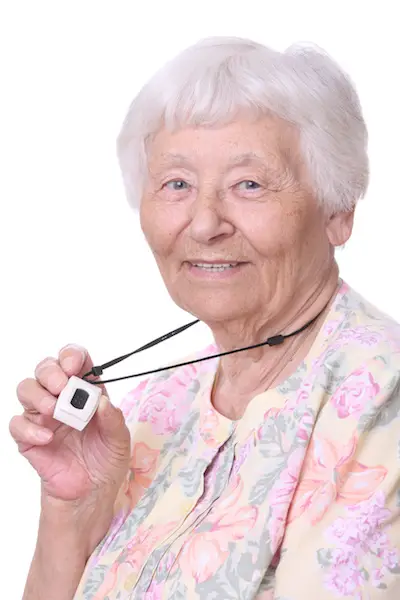
There are multiple types of technology that you can include in your loved one’s risk for injury care plan. One type of device that your loved one may already have in their home is a home security system. With these types of systems, you can place cameras in strategic areas of your loved one’s home that allow you or a caregiver to check in on them if you do not hear from them for several days. In recent years, this type of system has become even more intuitive. Instead of having to give up their privacy by having someone peer in, newer systems simply use sensors to detect a senior’s movement. If they sense a fall or a lack of activity for a prolonged period of time, then the monitoring system will alert the emergency authorities or a caregiver.
Seniors clothes are another type of home-monitoring technology that has reached a new level or popularity. Wearable devices can be worn separately from clothing like a necklace or watch. Certain types of clothing can also be manufactured with monitoring systems already built in. GPS tracking shoes are one type of these devices.
Detect Health Changes Before a Fall Happens
Senior wearable devices can help to detect issues with their health that place them at risk for a fall. For example, a hip fracture in elderly with dementia is less likely to happen if you are able to detect that they are dizzy because they are experiencing a dip in their blood sugar levels after forgetting to eat. Home monitoring devices can also detect changes in how your loved one’s foot hits the floor or their gait. If a fall risk is detected, they can sound a warning alarm for your loved one to sit down in a safe place while also sending a signal to alert a caregiver that help is needed right away.
Signs That Your Loved One Needs Home Monitoring
A fall protection plan may need to be updated if your loved one begins to show signs of being at a greater risk of sustaining a fall-related injury. For instance, seniors who have already fallen once need to have their plan updated. Your loved one may also need to consider home-monitoring technology if they take medication that makes them weak or dizzy.
Tips to Get Seniors to Accept Monitoring Technology
While the effectiveness of technology for reducing the risk of falling elderly patients, many older adults still are not comfortable with accepting their need to use it at home. You can get your loved one to buy into the idea of things such as wearing a smartwatch or shoes for seniors by highlighting how it helps them stay independent by preventing injuries. You can also involve them in the process of picking out their preferred types of monitoring devices. Many fall alert pendants and shoe sensors are quite stylish as more manufacturers recognize the need to get seniors to buy in to the concept.
As with any type of technology, you need to remember that nothing can fully replace the power offered by a human connection. Remember to make sure that any type of home monitoring system also includes a care plan that designates someone to be responsible for checking on the senior if an alert is sent. By making sure that the fall prevention plan is well-rounded, you can ensure that your loved one never waits long if they do encounter a problem when they are at home alone.

